- Definition: It is the phenomenon where the direction of light is changed when it crosses the boundary between two mediums of different optical density.
Or, in other way we can say the bending of the light when it traveles from one optical medium to another.
- Incident ray: A ray of light that strikes the surface separating the two optical media is called the Incident ray.
- Normal: It is a line forming 90o angle (perpendicular) to the boundary between two substances.
- Refracted ray: A ray of light travelling in another medium, with change in direction is called Refracted ray.
- Angle of incidence: The angle which the incident ray makes with the normal is called Angle of incidence.
- Angle of refraction: The angle which the refracted rays makes with the normal is called Angle of refraction.
- Bending of light ray when travels from one medium to another:
This occurs as speed of light changes when it travels from one medium to another. The change in speed of light rays causes the change of its direction like, speed of light is slower or less in denser medium, but speed of light is more or greater in rarer medium.
- When light rays travel from a rarer medium to a denser medium, it bends towards the normal. Here the angle of refraction (r) is smaller than the angle of incidence (i), Which r<i.
- When light rays travel from a denser medium to a rarer medium, it bends away from the normal. Here the angle of incidence(i) is smaller than the angle of refraction(r), which i<r.
- The amount of light ray bending depends on:
- Change in speed of light ray:
Slow -> denser medium.
Fast -> rarer medium.
- Angle of the incident ray: If the light is entering at a grater angle, the amount of refraction will also be more noticeable.
- Refractive index of the optical media.
- Material of the optical media.
- Law of Refraction (Snell’s Law):
- This law of refraction or Snell’s law describes the relation between angle of incidence (i) and angle of refraction(r), when light travels from one optical medium to another optical medium.
This law states that:
- The incident ray, refracted ray and the normal to the interface of two media at the point of incidence, all lies on the same plane.
- The ratio of the sine of the angle of incidence (sini) to the sine of the angle of refraction (sinr) is constant.
Sini / Sinr = Constant
Or else, Snell’s law:
n1/n2 = sin θ2 /sin θ1
- Refractive Index:
- When a light ray travels from one medium to another medium the constant sini/sinr is known as the refractive Index, ‘n’ of the medium.
Refractive Index, n=sini/sinr.
Types of Refractive Index:
- Relative Refractive Index: When Light rays pass from one medium to another medium, then the refractive Index is known as the Relative Refractive Index.
n= speed of light in one medium / speed of light in another medium
- Absolute Refractive Index: When light travels from vacuum to another medium, then the Refractive Index is known as Absolute Refractive Index.
n= speed of light in air / speed of light in medium
- Refractive Index is Unit less.
- Some Refractive index for a few media are:
Vacuum: 1.00
Air: 1.0003
Glass: 1.50
Ice: 1.31
Water: 1.33
Diamond: 2.4
- Speed of light vs Refractive Index:
- Light rays travel at a very high speed of 3X108 ms-1 in a vacuum.
- When a light ray passes from air or vacuum into a different media which is optically denser, the speed of the light decreases.
- Refractive Index depends on factors are:
- Nature of the medium.
- Physical Condition
- Color of the wave length of light or speed of light.
- Have you ever thought why fishes look bigger in the bottle filled with water?
- These all phenomenons are due to real depth and apparent depth related to refraction of light.
- Real depth and Apparent depth:
- Refraction of light in water enables us to look round a corner, as given diagram.
- As a dice is put in a glass bottle without water at first, it cannot be seen as due to light rays the dice cannot reach to the eyes.
- But when the bottle is filled with water, it can be seen as light rays from the dice are refracted towards the eyes.
Similarly, if any object below a glass or at the bottom of a pond appears to be raised from its real(actual) depth. This is the apparent depth caused due to the refraction of light.
Explanation:
- Light rays from the object are refracted away from the normal as it leaves the glass or water surface.
- When produced backwards, these light rays meet at a point(L) where the object(O) can be seen.
- The apparent depth (d) is the distance of the virtual image, ‘L’ from the glass or water surface.
- The real depth (D) is the distance of the object, ‘O’ from the glass or water surface.
- Have you ever thought why we see the rainbow in the sky?
- This is due to Refraction of light. It is also responsible for forming of rainbows in the sky, and for the splitting of light (white light) into 7 different colors as it passes through a glass prism, when a beam of light travels from air into different medium that varies with frequency, and that phenomenon known as dispersion, occurs, in which different colored components of the white light they bend by different amount at the interface.
So, that they become separated and we see the rainbows.
- What happens if the refraction of light takes place twice in case?
- When it exists from the air into the glass slab and the other when it enters the air through the glass slab.
Here, the rays of light enter the glass slab passing through the air medium it becomes refracted and bend towards the normal (as we know when light rays travel from rarer to denser medium it bends towards the normal). Then, when it falls out of the glass slab the path of the refracted ray shift again.
(Here, the incident ray and emerging ray are similar). The perpendicular distance between the incident ray’s original path and the emergent ray from the glass slab is called lateral displacement of the emergent ray of light and the angle that the emerging ray makes with the normal is called Emergence angle.
- Applications of refraction of light:
- Refraction has many applications in optics and technology. A few of the prominent applications are listed below:
- A lens uses refraction to form an image of an object for various purposes, such as magnification.
- Spectacles worn by people with defective vision use the principle of refraction.
- Refraction is used in peepholes of house doors, cameras, movie projectors and telescopes.
- Real life examples of refraction of light:
- Formation of rainbow is an example of refraction as the sun rays bend through the raindrops resulting in the rainbow.
- A swimming pool always looks shallower than it really is because the light coming from the bottom of the pool bends at the surface due to refraction of light.
- Looming and mirage are optical illusions which are a result of refraction of light.
- Twinkling of stars in the sky.
- Refraction is an important characteristic of lenses allowing them to focus a beam of light onto a single point.
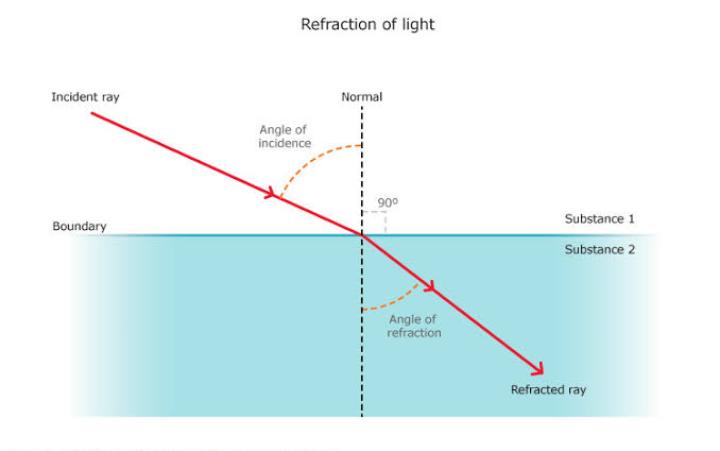


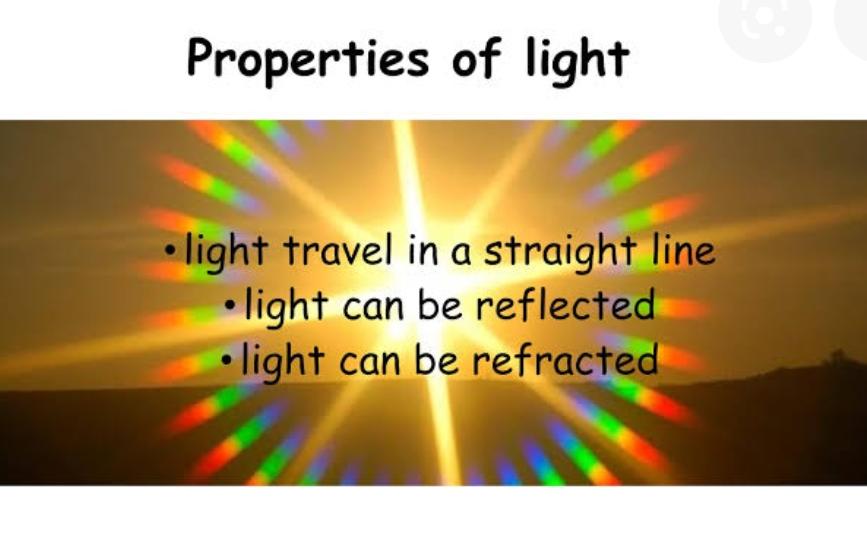
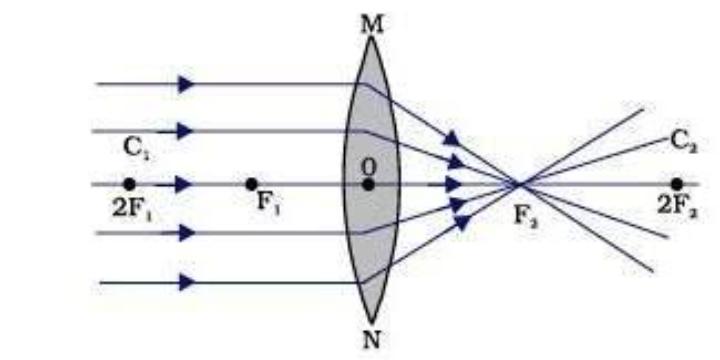

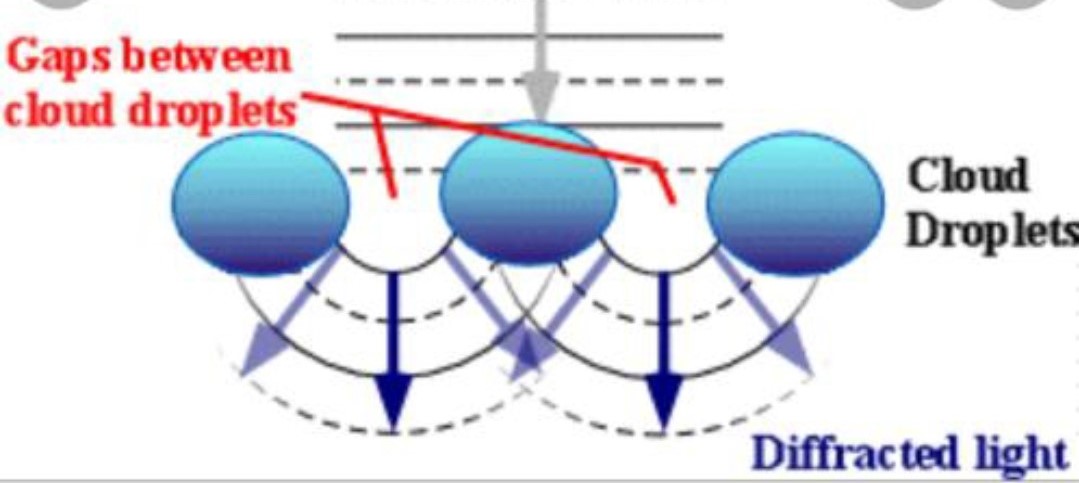
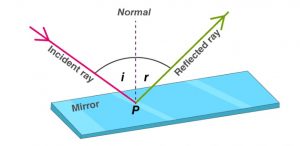
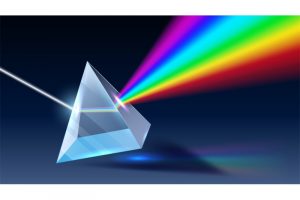
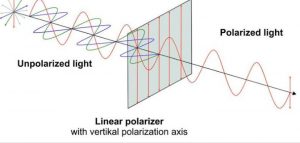
Great…..
Very informative 👏☺️
Thanks a lot ma’am for presenting this informative blog.
Very informative and knowledgeable